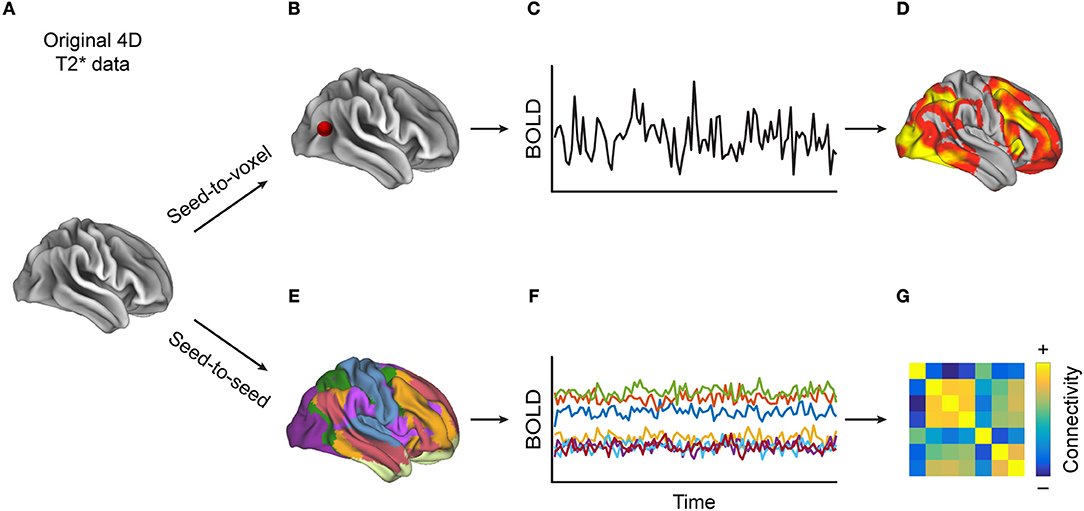University of Wisconsin-Milwaukee Machine Learning 2023
Note: This page is still under construction. Check back soon!
Below is an annotated agenda for the workshop. To prepare for the course, do the following steps:
1. Get Started with Matlab
Please watch this playlist for an introduction to Matlab and its basic commands; you may also want to go through the tutorials here. It is also recommended that you download version R2021a or later.
2. Install SPM12
Instructions for downloading and installing SPM can be found here.
3. Install The Decoding Toolbox
Click here to navigate to The Decoding Toolbox website; click on the link that says "click here to download TDT", and then click the download button when it takes you to a Google Drive site. Then, follow the instructions here to install and set up the toolbox.
Day 1: Introduction to SPM12 and Machine Learning
Agenda
(9:00am-10:00am) Review of Matlab
This will be a brief review of Matlab and its fundamentals; these will be necessary for using the CONN toolbox, as well as more advanced methods such as scripting analyses. This lecture will cover:
Basics of navigation
Variables and Structures
Paths and Functions
Control Structures
Checking installation of SPM12; creating template job and loading it from the Matlab terminal.
(10:00am-12:00pm) Introduction to SPM12 (Lecture & Practical)
This first practical will be a guided hands-on tutorial about how to open the SPM12 GUI and examine some of its features. We will review the following topics:
History of fMRI: Landmark studies, common issues, uses and future potential
Functional vs. Structural images
Basics of preprocessing: slice-timing correction, coregistration, normalization, and smoothing
Overview of the SPM12 GUI
Creating a new project and loading the data
Initial quality checks
(12:00pm-1:00pm) LUNCH BREAK
(1:00pm-2:00pm) Basics of Machine Learning (Lecture)
This session will provide an overview of MVPA, a popular multivariate tool for neuroimaging data.
Overview of Machine Learning and hyperplanes
Uses of MVPA
Experimental design considerations for studies that will use MVPA: Timing schemes, masks, and how to validate the results
(2:00pm-4:00pm) Introduction to The Decoding Toolbox (Lecture & Practical)
We begin our first practical session of machine learning by using The Decoding Toolbox, a popular software program for machine learning analysis.
Overview of The Decoding Toolbox
ROI analysis vs. Searchlight analysis: Pros and cons of each
Confusion Matrices
Replicating the results from Haxby et al. (2001)
Non-parametric testing for significance
(4:00pm-5:00pm) Individual Consultation Sessions
Day 2: Machine Learning Advanced Topics
Agenda
(9:00am-10:00am) Representational Similarity Analysis
Representational similarity analysis (RSA) exploits the correlation similarity structure of voxels, using different distance metrics to illustrate the representational distance of different conditions.
Measurement of both content and format of representations
How this is used across modalities
Editing The Decoding Toolbox template scripts for RSA
Analysis of sample dataset
(10:00am-11:00am) Introduction to Python
More advanced analyses such as Hyperalignment require Python. In this lecture, we will review the fundamentals of Python, including packages, methods, and how to use Jupyter notebooks.
(11:00am-12:00pm) Hyperalignment
Hyperalignment is a relatively new classification technique developed by Jim Haxby’s lab, which aligns subjects' brain data in a high-dimensional space of voxels/features.
Introduction to hyperalignment
Benefits of hyperalignment vs. traditional MVPA: Alignment of functional topographies
Hybrid hyperalignment: Combining task and functional connectivity profiles
Analysis of movie datasets: Classifying which part of a movie a subject was watching
Application to other datasets


